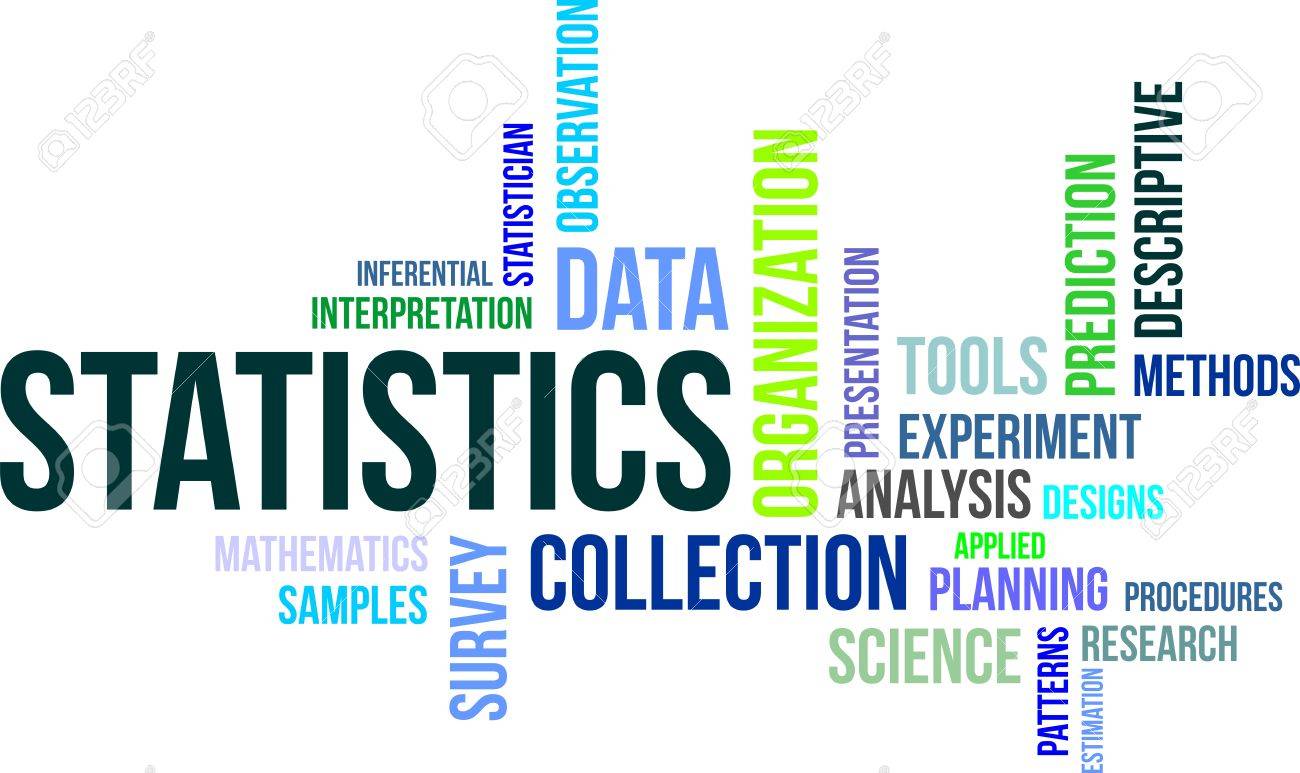
Statistics: Basic concepts, definitions and history, Scope in Education
The term statistics is ultimately derived from the New Latin statisticum collegium ("council of state") and the Italian word statista ("statesman" or "politician"). The German Statistik, first introduced by Gottfried Achenwall (1749), originally designated the analysis of data about the state, signifying the "science of state" (then called political arithmetic in English). It acquired the meaning of the collection and classification of data generally in the early 19th century. It was introduced into English in 1791 by Sir John Sinclair when he published the first of 21 volumes titled Statistical Account of Scotland.[1]
Why study statistics?
1.Data are everywhere
2.Statistical techniques are used to make many decisions that affect our lives
3.No matter what your career, you will make professional decisions that involve data. An understanding of statistical methods will help you make these decisions effectively
Applications of statistical concepts
Finance – correlation and regression, index numbers, time series analysis
Marketing – hypothesis testing, chi-square tests, nonparametric statistics
Personel – hypothesis testing, chi-square tests, nonparametric tests
Operating management – hypothesis testing, estimation, analysis of variance, time series analysis
Statistics
The science of collecting, organizing, presenting, analyzing, and interpreting data to assist in making more effective decisions
Statistical analysis – used to manipulate, summarize, and investigate data, so that useful decision-making information results.
The study of principles and methods used in collecting, presenting, analyzing and interpreting numerical data that is called Statistics
Functions of Statistics:
1.To Present Facts in Definite Form:
2.Precision to the Facts:
3.Comparisons:
4.Formulation and Testing of Hypothesis:
5.Forecasting:
6.Policy Making:
7.It enlarges Knowledge:
8.To Measure Uncertainty:
Scope of Statistics in Education
1. It helps the teacher to provide the most exact type of description:
2. It makes the teacher definite and exact in procedures and thinking
3. It enables the teacher to summarize the results in a meaningful and convenient form
4. It enables the teacher to draw general conclusions
5. It helps the teacher to predict the future performance of the pupils
6. Statistics enables the teacher to analyse some of the causal factors underlying complex and otherwise be-wildering events
Types of statistics
Descriptive statistics – Methods of organizing, summarizing, and presenting data in an informative way
Inferential statistics – The methods used to determine something about a population on the basis of a sample
◦Population –The entire set of individuals or objects of interest or the measurements obtained from all individuals or objects of interest
◦Sample – A portion, or part, of the population of interest


